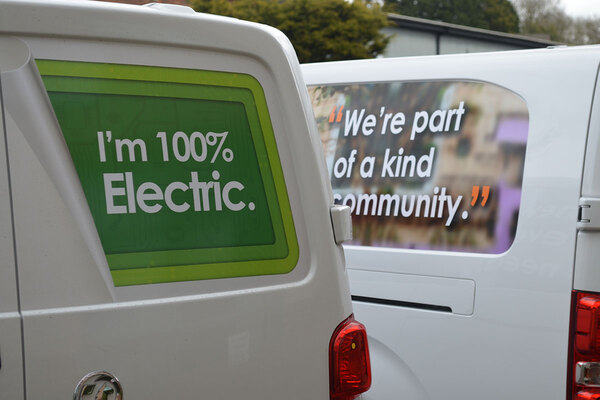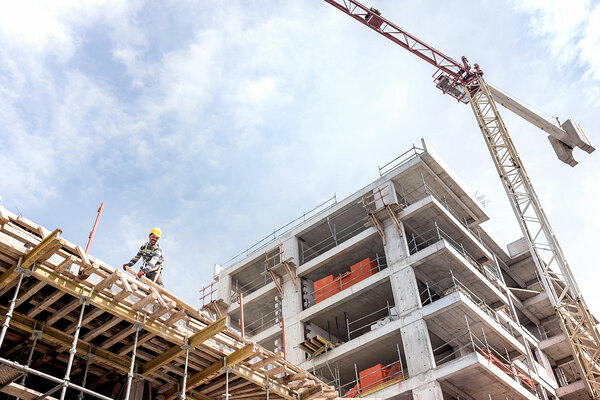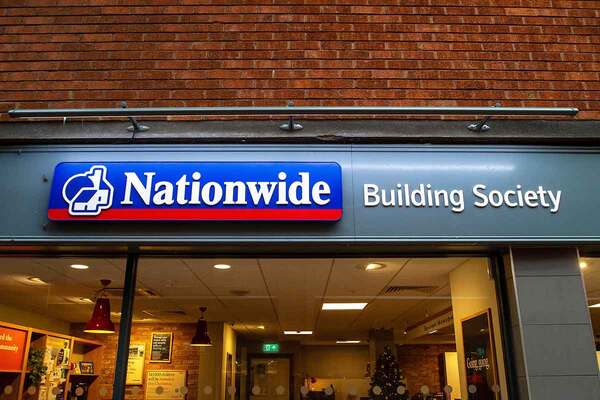You are viewing 1 of your 1 free articles
Housing association borrowing to top £50bn by 2024, says Moody’s
The amount landlords will borrow through the private markets is expected to creep over £50bn by 2024, one of the world’s largest credit rating agencies has said.
In a note on the sector’s borrowing published by Moody’s yesterday, it predicted that the amount of money being borrowed by rated English housing associations would hit the £51bn mark at the end of the 2024 financial year.
The estimate shows a consistent increase in the amount the sector is borrowing from the capital markets, with the amount borrowed expected to hit £46bn next year.
In the past seven years there has been a marked growth in the amount rated housing associations are borrowing, with the figure set at around £33bn in 2017.
Rated associations are those that receive a credit rating from one of the big firms such as Moody’s, Fitch Ratings or S&P. Moody’s currently rates around 40 housing associations.
In recent years, these landlords have increasingly turned to the debt markets to secure funds to support their ambitious development plans, largely through issuing bonds.
However, in the note, Moody’s said that housing associations were also now turning to a range of other debt instruments, including sustainability bonds and sustainability-linked loans.
The credit agency said these issuances helped to highlight the environmental, social and governance (ESG) credentials of the sector, as well as helping to fund planned investments in decarbonisation works and social housing development.
Banks are increasingly using these types of instruments to provide funding as part of a drive within the investment sector to hit ESG targets.
The note listed 21 different examples of sustainability bonds or sustainability-linked loans issued by rated associations since June 2018, which are worth a combined total of £4.27bn.
The vast majority of these bonds were issued in the past 18 months, with 18 of them issued since January 2020. These are divided into sustainability bonds and sustainability-linked loans.
Proceeds from sustainability bonds are usually applied to finance green and socially beneficial projects. Recent examples of these include a £250m sustainability bond to deliver new energy-efficient social housing.
Clarion, the country’s largest housing association, issued two of these bonds last year, which were worth a combined total of £650m, with the aim of using the proceeds to deliver energy-efficient homes.
In recent months, the sector has also seen a spike in the number of landlords issuing sustainable finance frameworks, which give investors guidance around requirements for investment and ways to measure the ESG impact of the borrowed money. Bromford, Catalyst and Stonewater have recently published their own frameworks.
Sustainability-linked loans are slightly different in that they are loans that will provide a lower interest margin if the association achieves ESG-related targets. For example, in 2019, Peabody secured a £75m sustainability-linked loan with BNP Paribas and a lower interest rate was agreed if the association delivers a certain number of qualifications through its childcare training programme.
Moody’s said it expects to see a growing number of housing associations take advantage of sustainability-linked loans and predicted a continued growth in the number of sustainable bonds being issued.
According to Moody’s, the purpose of housing associations aligns well with ESG needs. At the core of their businesses is a need to develop more social housing, which lines up with sustainable development goals of ESG in poverty reduction.
There are also opportunities for the sector to hit the environmental requirements, not only in building new greener homes for the future but also in retrofitting existing stock to make it more energy efficient. The government has set a goal for all social homes to be upgraded to have an energy performance certificate (EPC) rating of C by 2030. This will require huge investment as works include the installation of insulation, removal of gas boilers and installing smarter energy controls.
Jennifer Wong, vice-president and senior credit officer at Moody’s, said: “We expect many housing associations in the UK to take on sustainability-linked loans to benefit from a possibly lower cost of funding and a broader investor base.
“As a result, housing associations will issue more sustainability bonds to meet their borrowing needs, and the borrowing for rated housing associations is forecast to reach £46bn by 2022.”
Sign up for our development and finance newsletter
Already have an account? Click here to manage your newsletters













